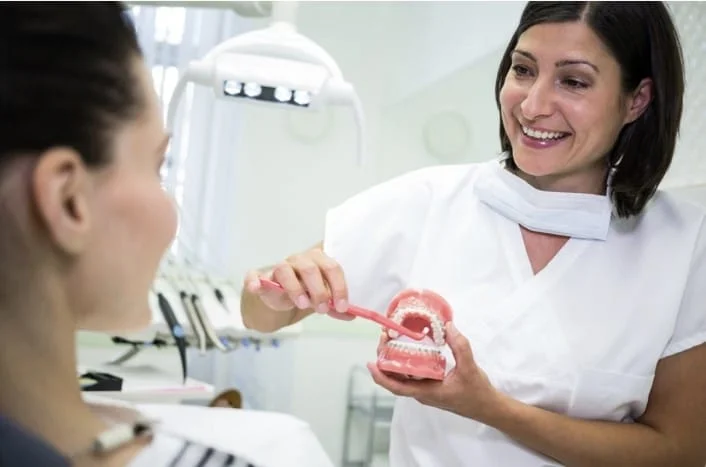Dental bridges and crowns installed in Maroubra dentist clinics fix various orthodontic problems. Although some people choose them for cosmetic purposes, it is wise to understand the differences between dental crowns and bridges. That will help you pick the best option after their evaluation in this guide.
Dental Crowns and Bridges: Essential Facts
Dental bridges and crowns help repair damaged teeth. They also give beautiful smiles.
- Dental Crowns
Dental crowns are synthetic caps placed on damaged, broken, or decayed teeth. They work best for teeth without a root canal procedure, such as molars and premolars.
The natural tooth crown is a protective layer on the tooth. Once damaged, a tooth weakens and is exposed to accelerated deterioration from cavities. This can also cause chewing problems.
Artificial crowns replace lost or damaged natural crowns. They are fitted over the teeth to fortify them and improve their durability.
Dental crowns are made of materials like gold alloy and zirconia. Others contain a combination of metal and porcelain. Zirconia and porcelain have a colour range close to natural teeth.
Metal-based crowns or those that have metal alloys are durable. Though they do not look like natural teeth, they are cost-effective. Porcelain chips and damages quickly, but bonding it to a metal shell improves its longevity. Ceramic and acrylic crowns are durable.
The choice of crown material depends on the doctor’s recommendation. They consider factors such as the tooth’s position and the condition of the gum tissue. How much of the tooth is exposed when smiling also matters.
Dentists also place dental crowns on dental implants to replace missing teeth. Crowns hold cracked teeth together and restore them. They replace worn-out or oversized fillings. If a tooth has had multiple fillings that have weakened it, crowns make the best restorative option.
Crowns are also used in cases where the teeth have decayed extensively. Such teeth lack the structure to support a tooth filling. Crowns also cover misshapen and discoloured teeth. They replace cosmetic fillings or veneers. They are a cosmetic enhancement that improves the appearance of the teeth.
Crowns, though, come with some challenges. They increase the risk of infections. Sometimes, they detach or loosen and cause considerable discomfort. When placed over undetected or untreated cavities, they compound the decay problem. They also cause discomfort when not fitted properly. Some patients note increased tooth sensitivity after the procedure.
Their cost depends on the material, any other accompanying procedures, and the country or location. It also depends on whether the insurance company classifies them as cosmetic or essential medical procedures. Some medical covers exclude cosmetic surgery.
- Dental Bridges
Dental bridges serve one purpose only: replacing missing teeth. Bridges have a crown on each end and a bridge of teeth called pontics that rest on the area with missing teeth. They can be used on natural teeth where they fuse into the teeth. Such bridges can also be joined to existing dental implants. That is one type of dental bridge.
The other type is a bridge bonded with resin that replaces a single tooth. It attaches the replacement tooth to the adjacent one using a ceramic wing retainer or bonded metal. However, the resin bonding makes it delicate in the face of forces caused by clenching or grinding teeth and chewing. That limits its use, making it more conservative than the pontic dental bridge.
Conclusion
In conclusion, a dental bridge fills up the gap left by a missing tooth, while a crown covers a damaged tooth. Although the two dental procedures are related, bridges cost more than crowns. Still, both should last a lifetime if properly taken care of. Patients should continue practising good oral health habits even after receiving these treatments.







